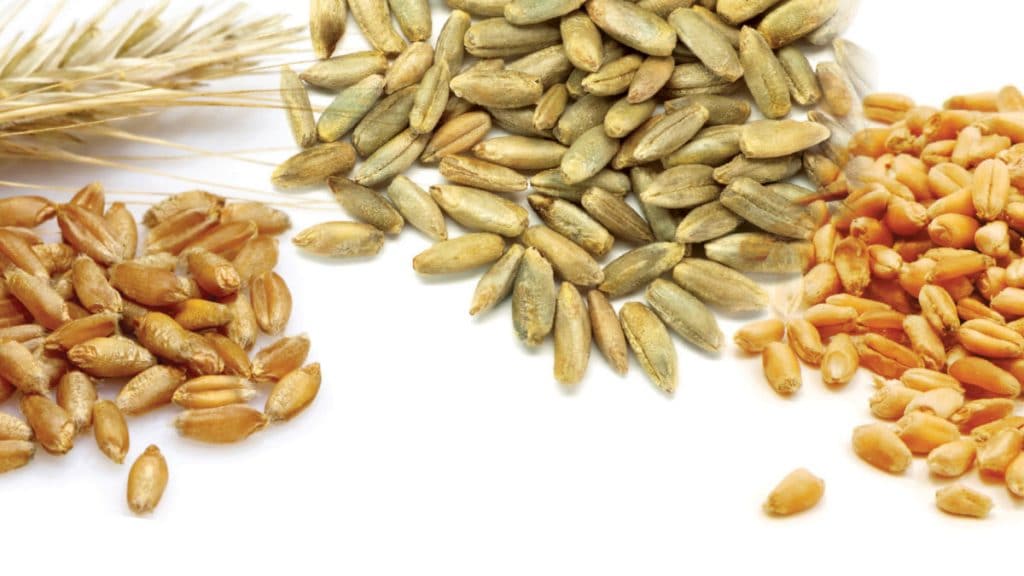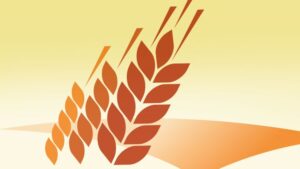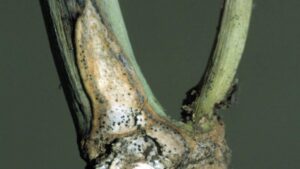The Prairie Grain Development Committee supported the registration of more than 30 wheat, rye and triticale varieties, adding more choice in the marketplace for farmers.
_x000D_
_x000D_
This year the Prairie Grain Development Committee met Feb. 23-25 in Banff, Alta, to review new cultivars and put forth those that will deliver benefits to farmers or end-users. PGDC is comprised of four independent recommending committees responsible for the testing, evaluation and recommendation of grain crop candidate cultivars for registration in Western Canada. These include the Wheat, Rye & Triticale Committee, the Oat & Barley Committee, Pulse & Special Crops Committee and the Oilseeds Committee._x000D_
_x000D_
The annual PGDC meeting serves a forum for the exchange of information relevant to the development of improved grain cultivars for the western Canadian prairies. At the time of print, not all committee reports from the PGDC meeting were available, but here’s some insight as to happenings from the Wheat, Rye & Triticale Committee and the Oilseeds Committee._x000D_
The Prairie Recommending Committee for Wheat, Rye & Triticale (PRCWRT) consists of three evaluation teams focused on agronomy, disease and end-use quality._x000D_
_x000D_
“There were a record number of lines supported at the meeting this year,” says Curtis Pozniak, PRCWRT chair._x000D_
_x000D_
In total, 35 cultivars were considered of which 17 (full and interim) were automatically supported. The remaining cultivars were considered by the Cultivar Voting Panel. Two of the 35 cultivar lines put forth were not supported for cultivar registration._x000D_
“The increased number of cultivars supported this year will provide farmers with a greater choice of cultivars that are best suited to their production systems and unique environmental conditions,” Pozniak says._x000D_
_x000D_
Fourteen cultivars were put forth and supported for full registration by all three evaluation teams – agronomy, disease and end-use quality. These include, but are not limited to, Canadian Western Red Spring varieties BW965 and BW966, both put forth by Agriculture and Agri-Food Canada’s Semiarid Agricultural Research Centre (SPARC) in Swift Current, Sask. Also part of this mix is T235, a spring triticale from Seed-link in Lindsay, Ont., and RT209 and RT210, both fall ryes from KWS Lochow GMBH in Einbeck, Germany. Canada Western Amber Durums included DT577, DT578 and DT579 put forth by the Crop Development Centre (CDC) at the University of Saskatchewan, and DT856 put forth by AAFC SPARC._x000D_
_x000D_
Pozniak adds that this was the second year the committee implemented its revised operating procedures by which a cultivar voting panel, comprised of 23 members, considered candidate cultivars not automatically endorsed by the three evaluation teams. An additional 11 varieties were supported for registration after the variety was presented and voted upon by the PRCWRT cultivar voting panel._x000D_
_x000D_
The voting panel consists of seven members from each evaluation team plus one representative each from the Canadian Seed Growers’ Association and the Canadian Seed Trade Association, which helps to ensure balanced representation of entire value chain when looking at new cultivars._x000D_
_x000D_
Pozniak says that the committee also considered a number of cultivars for interim registration, most notably for the cultivars of Faller and Prosper. “This required the PRCWRT to set aside our operating guidelines to allow subjective assessment of these cultivars, which provide ‘niche’ value,” he says. “This supports the flexibility of our current operating procedures.” _x000D_
_x000D_
Interim Registration
_x000D_
_x000D_
Faller, a variety put forth by North Dakota State University Research Foundation and Seed Depot Corp. — the exclusive licensee and distributor in Canada — received a three-year interim registration. Faller was previously part of a closed loop intellectual property program in Manitoba. This interim registration will enable them to expand market development. The foundation also introduced its sister variety, Prosper._x000D_
_x000D_
The cultivar voting panel also supported interim registration for W530, an experimental hard white winter wheat, designed for use in the Asian market for steamed buns. Bred by R.J. Graf of AAFC at the Lethbridge Research Centre, this particular variety has exhibited great load quality, functionality and produces a really white flour._x000D_
_x000D_
Belvoir and Sparrow, both wheat varieties that fall into the Canada Western General Purpose class, also received interim registration and can be used in the ethanol, livestock and general purpose markets. These two varieties demonstrated higher yields and are later maturing. FP Genetics’ Elgin ND, a Canadian Prairie Spring Red wheat, also received interim registration._x000D_
_x000D_
Oilseeds
_x000D_
The Prairie Recommending Committee for Oilseeds reviewed eight flax varieties, and all eight were recommended for registration — five brown varieties and three yellow varieties. One yellow variety, Omega, was put forward for interim registration. Two brown mustards and one oriental mustard were recommended for registration. Reports suggest the biggest challenge for the PRCO will be the number of co-op trials conducted moving forward. AAFC and Crop Production Services are pulling their breeding programs during the next two years, which leaves only the Crop Development Centre. The idea is to reduce the number of co-op trials from three to one, meaning the brown, yellow and Northern trials will likely be combined into one. Multiple sites would still exist but the number of independent co-op trials and check varieties would be reduced.
_x000D_













